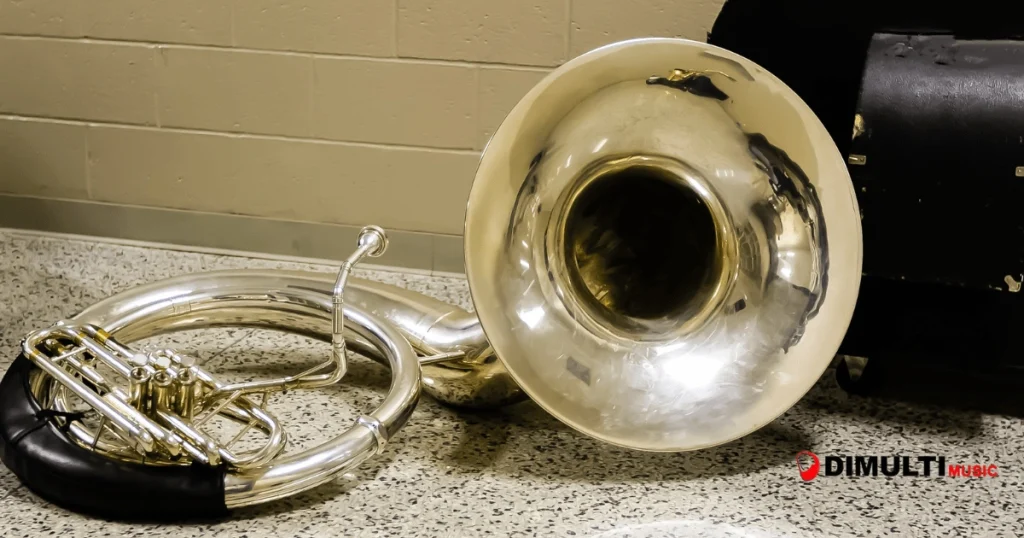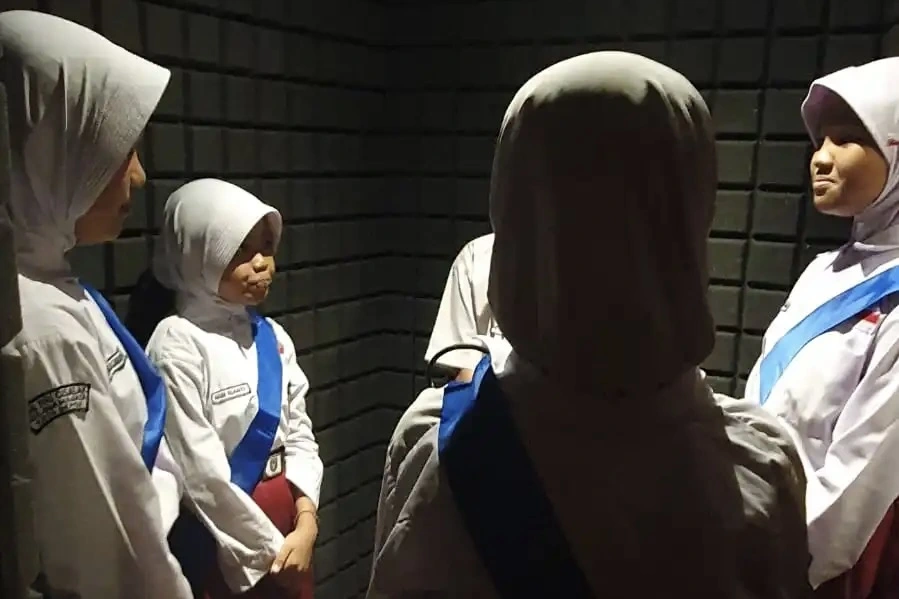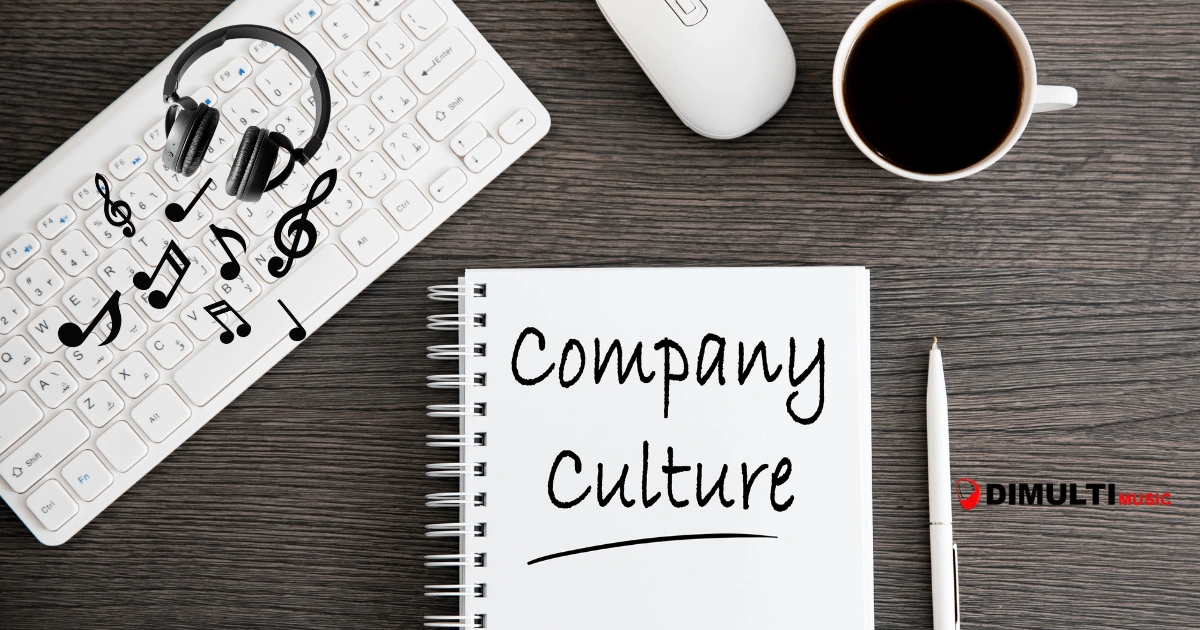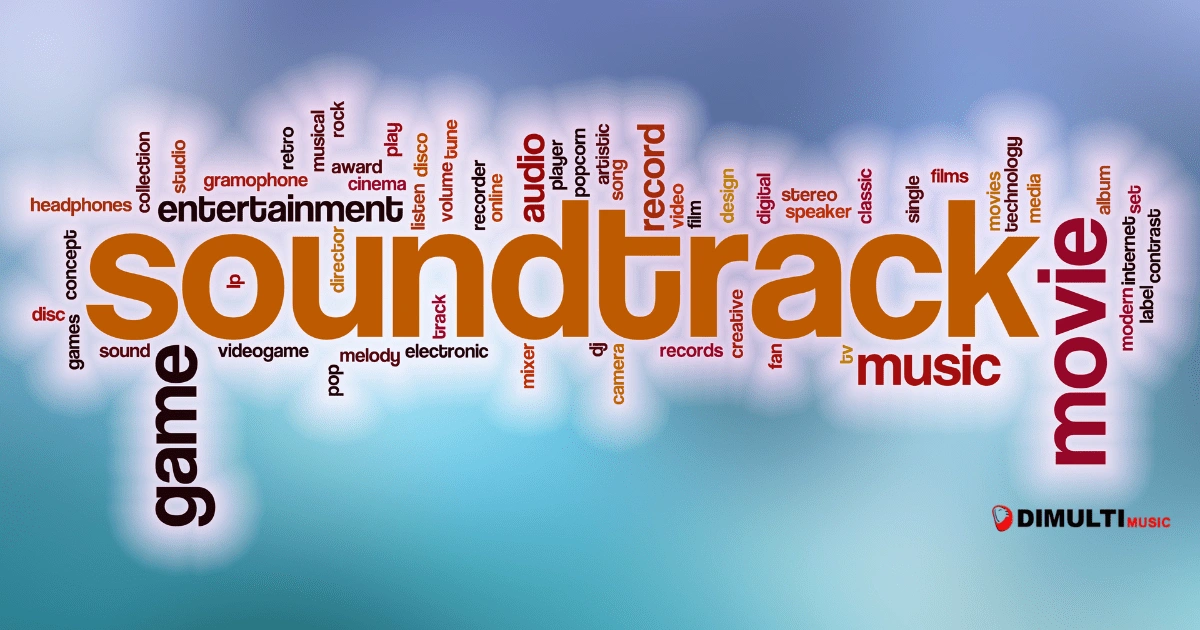Have you ever heard a marching band pave the way into the road? And the people are coming and surrounding it. That’s a signal that the march is still relevant today. Even though its origin comes from warfare, in modern day, we still need that for a solid community.
Table of Contents
The Evolution from Battlefield to Stage
Greece, Rome, and China are the origins of march music, which was the music for military purposes rather than entertainment. Inspired by soldiers’ battle, drums and trumpets become the instruments that simulate the war scene.
These scenes become a performance symbol in the tradition that influences society. Fife and Drums join the march and lift the marching to a more immersive group. Later in the 17th-18th centuries, marches began to be a part of sacred but entertaining events for the people.
The maestro of classical music became the composer of marching band music in the courts of the kings and emperors to play beautiful pieces. And the oriental taste of the Ottoman Empire influenced European musical taste and left a mark on Western military music.
The golden age of the marching band was in the 19th century. Pride, identity, and unity became the symbols of pride for marches during the rise of the nationalism era. John Phillip Sousa, a former Marine bandleader, transformed the United States genre because in Europe it was getting saturated. “The March King”, “The Stars and Stripes Forever”, “Semper Fidelis”, and “The Washington Post March” become the spirit of America in his hands.
Clear introduction, pristine song structure, and even a trio section became the standard of America’s march music. From the geniuses of Sousa, the triumphant melodies of the marching band became essential things in parades, political rallies, school bands, and 4th of July celebrations as cultural norms.
The traditional roles of the military began to shift in the 20th century. From the concert hall to the sports arena, it’s become a show. Edward Elgar in the UK, John Williams in the US blend the elements of march into their composition, by adding cinematic feels into movies like Star Wars and Indiana Jones to evoke heroism and grandeur.
Even now, it’s sampled in hip hop music, some parts of jazz, and pop culture. Brass and percussion became the main instruments in a school ceremony and choreographies.
Although it may no longer be the daily basis of military life, it remains sacred in the public ceremony. It plays during national holidays, presidential inaugurations, and solemn memorials; it energizes football games and energizes protest marches alike.
Blare of the trumpet, snap of the snare become a symbol of unity and a collective heartbeat for a purpose. Rhythm, identity, and power bring the power of people from ancient battlefields to modern stadiums.
The Role of March Music in Modern Events

Just like the march music served in historical contexts, an organizational march fulfills that purpose by fostering a shared identity and strengthening cohesiveness for the group. The organizational piece surpasses being an idle tune and transforms into a symbol of the organization’s values, vision, and collective resolve.
Rarely loses the organizational march to collect a sense of pride among the members during its proclamations at vital events like inaugurations, anniversaries, competitions, or official ceremonies. A well-arranged piece serves as a rhythmic focal point for action for achieving a set landmark and, thus, in these instances, becomes an organizational support.
In addition, a march serves to enhance an organization’s image and cohesion. It develops the feeling of organizational belonging to every construct and emotionally binds them to the organizational identity.
The repetition of those lyrics and motifs is so frequent that they stamp into our minds, forming an internal corporate identity, which is what the march seeks to accomplish by motivating, calling for action, and uniting the company’s staff.
In educational institutions, corporations, public offices, and social organizations, a march can symbolize and preserve history and aspirations. It can trigger motivation, commemorate achievements, and reinforce custom.
Just like the extraordinary achievements of Sousa or the modern film scores, organizational marches blend rhythm, identity, power, and voice, unifying the past and present through sound, from the warfare of yesteryears to tomorrow’s endeavors.
Bringing March Music to Life
Every monumental movement has a unique sound, look like a sound branding. A pulse that echoes unity, a tune that uplifts, and a rhythm that narrates culture. It doesn’t matter whether you are an institution in search of a strong militaristic piece to unite your people, a brand wanting a memorable tune, or a vocalist who needs a Hip Hop or R&B instrumental that captures your essence. Whatever the case, the mission is clear. Dimulti Music will put it all together for you.
We create and compose soundtracks that accompany the vision or mission of an institution or a business. There are no limits to our creativity, from performing audio identities to crafting ceremonial and military marches, to composing engineering jingles and commercial jingles, alongside beats from scratch for your next single. The list is endless, and so is our creativity.
Words might fail, but sound and audio could do the magic. Empower your organization, brand, or artworks with audio that expresses and projects your identity.
Now let us start the sonic branding that will etch your organization’s name into your audience’s memories.


